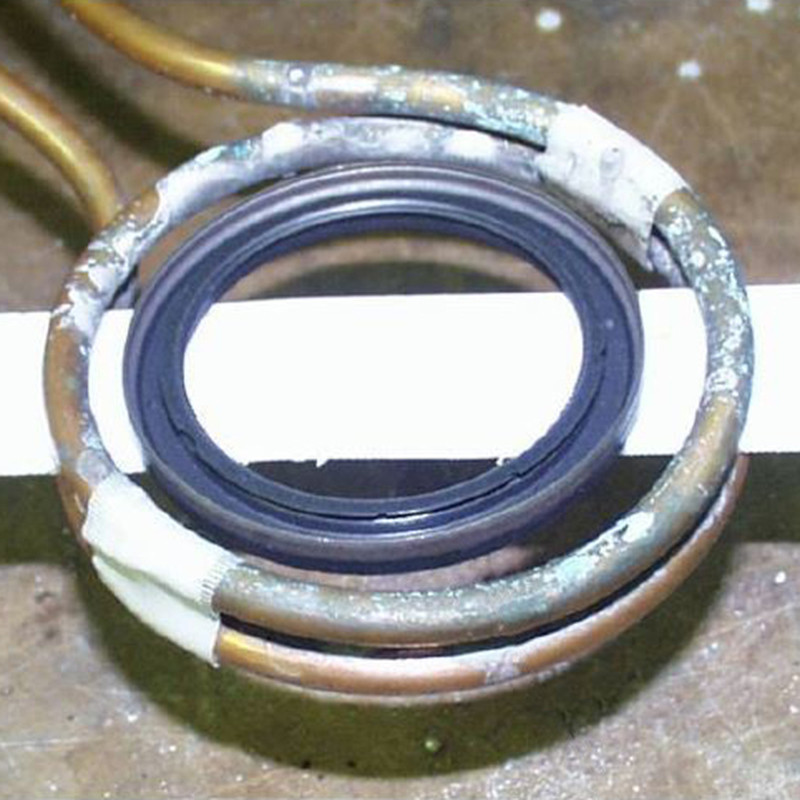

Jūs turite būti prisijungę
Category


Nuotraukos yra skirtos tik informaciniams tikslams. Peržiūrėkite produkto specifikaciją
please use latin characters
Curing involves any process where heat is used to catalyze or initiate chemical and molecular level structural changes in a polymeric materials such as epoxies, phenolics, polyesters and silicones. These materials are applied in many ways to various products for bonding, protective coating, sealing, insulation and other uses.
Air curing and hot fan curing are often used for curing small production runs, despite inconsistent results. Large production runs often are cured in batches in large ovens which must be run continuously. Induction heating provides a much better solution for adhesive curing.
Modern induction heating can solve many of these problems. Heating with induction provides reliable, repeatable, non-contact and energy-efficient heat in a minimal amount of time, so that the curing process can be completed with minimal energy and time. Improved temperature ramping cycles can be achieved with computer control of the solid state power supply. To eliminate extra steps for loading and unloading ovens, induction heat stations can be incorporated into a production line. Finally, induction heating can be performed in extremely clean environments, vacuum conditions or special atmospheres, allowing for unique curing solutions.
Although induction heating is normally used with metals or other conductive materials, plastics and other non-conductive materials can often be heated very effectively by using a conductive metal susceptor to transfer the heat. Typical RF power supplies for curing applications range from 1 to 5 kW, depending on the parts and application requirements.
Ar Jūs domina šis produktas? Ar Jums reikia papildomos informacijos ar individualaus pasiūlymo?
tu turi būti prisijungęs
Curing involves any process where heat is used to catalyze or initiate chemical and molecular level structural changes in a polymeric materials such as epoxies, phenolics, polyesters and silicones. These materials are applied in many ways to various products for bonding, protective coating, sealing, insulation and other uses.
Air curing and hot fan curing are often used for curing small production runs, despite inconsistent results. Large production runs often are cured in batches in large ovens which must be run continuously. Induction heating provides a much better solution for adhesive curing.
Modern induction heating can solve many of these problems. Heating with induction provides reliable, repeatable, non-contact and energy-efficient heat in a minimal amount of time, so that the curing process can be completed with minimal energy and time. Improved temperature ramping cycles can be achieved with computer control of the solid state power supply. To eliminate extra steps for loading and unloading ovens, induction heat stations can be incorporated into a production line. Finally, induction heating can be performed in extremely clean environments, vacuum conditions or special atmospheres, allowing for unique curing solutions.
Although induction heating is normally used with metals or other conductive materials, plastics and other non-conductive materials can often be heated very effectively by using a conductive metal susceptor to transfer the heat. Typical RF power supplies for curing applications range from 1 to 5 kW, depending on the parts and application requirements.
Jūsų atsiliepimo įvertinimas negali būti išsiųstas
Pranešti apie komentarą
Pranešimas apie atsiliepimą išsiųstas
Jūsų pranešimas apie atsiliepimą neišsiųstas
Parašyti savo atsiliepimą
Atsiliepimas išsiųstas
Jūsų atsiliepimas neišsiųstas
